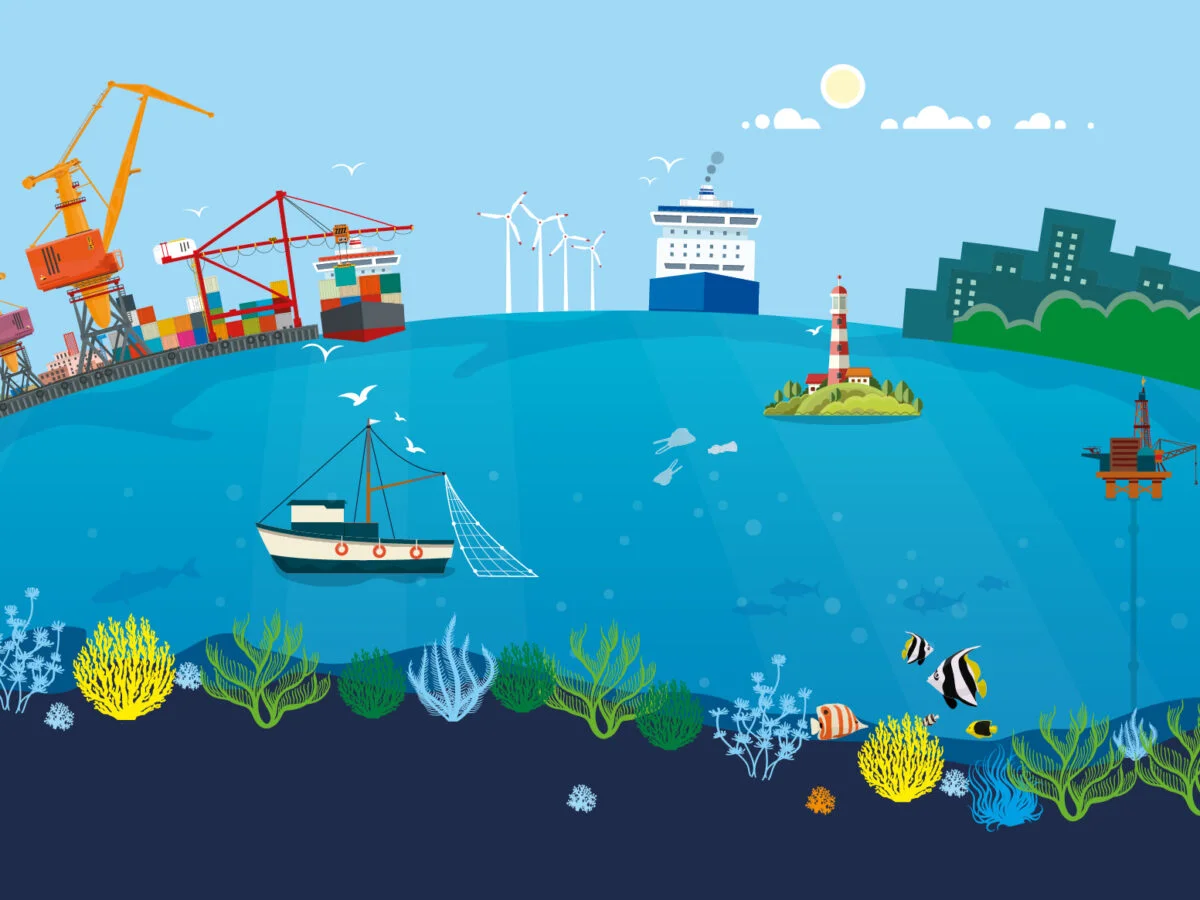Is it time to recalibrate State’s Institutional Engineering in Pakistan’s governance blueprint? In a country grappling with economic turbulence, the concept of State’s Institutional Engineering has never been more relevant. Imagine a landscape where the government is not just reacting to crises but strategically reshaping its institutions to drive growth.
State’s Institutional Engineering – A Case of Pakistan
The government of Pakistan is pursuing a comprehensive restructuring plan to address the nation’s economic crisis. It also aims to maintain a critical standing for the International Monetary Fund (IMF) bailout plan. This push to recalibrate State’s Institutional Engineering involves radical downsizing of the public sector and regulatory bodies. The plan includes the elimination or merging of several ministries. Although the government is implementing these measures for fiscal austerity, experts need to closely examine their impact on governance and service delivery.
The Push for Change
The proposal to abolish five ministries, including IT, Industry, Health, and Kashmir Affairs, represents a viable shift from the current approach. At the same time, analysts must critically examine the mission and goals of the Ministry of Maritime Affairs (MoMA). This evaluation should consider its performance to date. Although the government established MoMA with ambitious objectives, the institution has rarely produced any tangible outcomes so far. To recalibrate State’s Institutional Engineering, the government could consider a strategic merger with the Ministry of Defence. This approach could help balance operations and reduce the economic burden.
An Overburdened Structure
Pakistan’s institutional infrastructure encapsulates 33 federal ministries which are embracing some 40 divisions. Even without considering the perks and privileges associated with bureaucracy, this number remains a heavy burden on a nation struggling under high energy bills and inflation. Ultimately, it’s crucial to weigh the pros and cons carefully. Policymakers need to determine whether merging these ministries will truly benefit national security and the economy. In 2017, the Ministry of Ports and Shipping was merged into the Ministry of Maritime Affairs (MoMA) to unlock the nation’s maritime potential. Its mandate included regulating maritime trade, developing coastal infrastructure, and fostering the blue economy. This consolidation also absorbed many of the functions of its parent ministry.
The Role of Maritime Affairs
Additionally, the ministry was tasked with cultivating the shipping and shipbuilding industries. It also had to ensure the sustainable exploitation of marine resources. Moreover, the Ministry of Maritime Affairs, the primary government institute overseeing Pakistan’s maritime matters, declared 2020 as the ‘Year of Blue Economy’. Unfortunately, there is hardly anything worthwhile in the public eye in almost four years.
MoMA has failed to deliver on its core responsibilities compared to its lofty mandate. It has not capitalized on Pakistan’s coastline potential for trade, fisheries, and energy since its inception. A lack of strategic foresight and ineffective policy implementation have hindered the development of the maritime sector. This has resulted in depleted opportunities and sub-optimal resource allocation.
Also See: Pakistan Navy Adds Offshore Patrol Vessel PNS Hunain and PNS Babur on Defence Day
The Need for Reassessment
Clearly, multiple factors influenced the institution’s operational shortcomings, which included bureaucratic inefficiencies, a lack of coordination with other relevant agencies, and a disregard for economic imperatives, under-performing its relative potential. Consequently, MoMA’s existence has become a liability rather than an asset, compelling a critical re-evaluation of its role and functions.
Factors Influencing Operational Shortcomings
Comparatively, other South Asian maritime nations like India and China reveal significant differences in institutional structure and resource allocation process to optimally regulate maritime development. While MoMA is juggling up into a broad range of maritime responsibilities, the specialized ministries in India and China showcase a more focused approach which ultimately enhances their efficiency. This mandate of MoMA has hindered its capacity to effectively address critical maritime challenges.
Furthermore, the stark difference in resource allocation is evident, with China and India making substantial investments in its maritime sector, far surpassing Pakistan’s efforts. India has devised the knowledge and insights of academia and the policy community to give a strategic direction to India’s pursuits in the maritime sector in the shape of India’s blue economy vision 2025. New Delhi has allocated the budget of Rs 2,352 crore for its blue economy revolution in 2024. Additionally, with the vision to modernize Indian sea ports and infrastructure-the country has launched a mega project called Sagar Mala which includes improving connectivity with coastal regions. Additionally, the government of India released a draft policy exclusively for India’s blue economy which invites public insights and consultation for effective excellence in the field. The centralized structure of MoMA, unlike India’s decentralized model, may also contribute to inefficiencies and delays in decision-making.
An Opportunity for Austerity Measures
In this regard, the government’s impending austerity measures could prove to be a critical opportunity to address and mitigate the inefficiencies plaguing the Ministry of Maritime Affairs. If implemented effectively, this institutional downsizing can yield significant economic benefits for Pakistan. By reducing bureaucracy and eliminating overlapping functions, the government can potentially reduce expenditures and redirect resources to priority areas such as infrastructure development and social welfare programs. Moreover, downsizing can bring fiscal discipline and enhance the government’s credibility in the eyes of international financial institutions.
Strategic Consolidation
In essence, to enhance efficiency and effectiveness, the Ministry of Maritime Affairs (MoMA) should be realigned as a division under the Ministry of Defense. This consolidation would optimize resource allocation, expedite decision-making processes, and ensure a more coordinated approach to maritime challenges. Such a strategic shift is crucial to unlocking the full potential of Pakistan’s blue economy and driving national development.
The views expressed in this article are the author’s own. They do not necessarily reflect the editorial policy of the South Asia Times.







